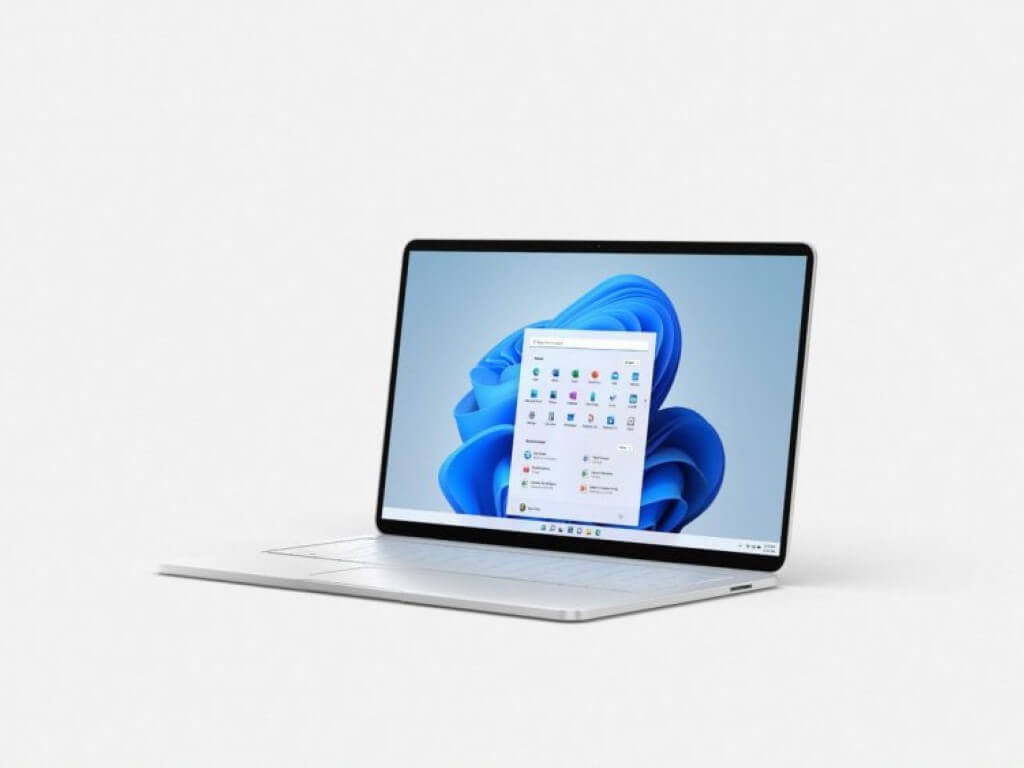Things just got interesting in the Windows Insider program. Microsoft just released two new Windows 11 builds to Beta channel Windows Insiders, splitting the channel up into two categories. For you longtime Insiders, this is similar to what Microsoft did in 2019 with the slow ring. Here’s what it means for you.
So, there are two new builds here. One is build 22621.290 and the other is build 22622.290. Those who are getting build 22622.xxx updates will have new features getting rolled out or turned on via enablement packages. Those who are on build 22621.xxx are the ones that will have new features turned off by default.
Do note, though that majority of Insiders in the Beta Channel will automatically get build 22622.xxx. Insiders who land in the group with new features turned off by default with build 22621.xxx can still check for updates and choose to install the update that will have features rolling out. Microsoft’s explanation is below.
This approach will help us validate our ability to release updates with features turned off by default. It will also allow us to have greater insight into the impact of enabling new features. By comparing feedback and usage data between Insiders in these two groups, we will get to see if a feature is causing issues with reliability, for example.
Based on this insight, it will help us make decisions on whether to make new features available for more Insiders by increasing their rollout or, in some cases, disable a feature to address bugs. The goal is to use the comparison data to ensure the best possible experience as we try out new features and experience with Windows Insiders in the Beta Channel.
This approach is being used for the Beta Channel only and is not indicative of any changes or plans for final feature rollouts. The enablement package artificially increments the build number for the update with new features getting rolled out and turned on to make it easier to differentiate from devices with the update with features off by default . As a reminder, features we try out with Windows Insiders will ship when they are ready and not every feature that we try out in the Beta Channel will ship to general customers.
This might be confusing, and you might end up losing some features with these builds. If that’s the case, install the enablement package and they should return shortly.
All that said, build 22622.290 brings suggested actions for phone numbers and dates, as well as OneDrive storage alert and subscription management in Settings. Fixes in this build are below.
- Middle clicking a folder in the body of File Explorer will now open it in a new tab.
- The row of tabs should now be included in the keyboard focus cycle when pressing Tab or F6. Once focus is in the tab row, you can use left or right arrow keys to navigate through them.
- Fixed an issue where the tab order when using CTRL + Tab would be wrong if you’d rearranged the tabs in File Explorer.
- Made some adjustments for when “Display the full path in title bar” is enabled, to ensure that the folder name is always visible.
- Fixed a scaling issue which could result in the tabs being unexpectedly large.
- Right clicking a tab and then clicking somewhere else in File Explorer should dismiss the context menu more reliably now.
Both Build 22621.290 & Build 22622.290 gets these fixes
- New! We added Server Message Block (SMB) redirector (RDR) specific public File System Control (FSCTL) code FSCTL_LMR_QUERY_INFO.
- New! We added support for Transport Layer Security (TLS) 1.3 in Windows client and server Lightweight Directory Access Protocol (LDAP) implementations.
We updated the Remove-Item cmdlet to properly interact with Microsoft OneDrive folders- We enabled the InternetExplorerModeEnableSavePageAs Group Policy. For more information, see Microsoft Edge Browser Policy Documentation.
- We fixed an issue that causes the Take Photo button to disappear when you use a common file dialog to open the camera.
- We fixed an issue that prevents devices from receiving an offer from Windows Update for the same extension driver when that extension driver is already installed without the base driver.
- We fixed an issue that causes install from media (IFM) creation for Active Directory to fail with the error, “2101 JET_errCallbackFailed”.
- We fixed an issue that occurs when the Active Directory Lightweight Directory Service (LDS) resets the password for userProxy objects. The password reset fails with an error such as, “00000005: SvcErr: DSID-03380C23, problem 5003 (WILL_NOT_PERFORM), data 0”.
- We enabled the InternetExplorerModeEnableSavePageAs Group Policy. For more information, see Microsoft Edge Browser Policy Documentation.
- We fixed an issue that occurs when the Active Directory Lightweight Directory Service (AD LDS) resets the password for userProxy objects. When you try to reset someone else’s password and you are authenticated using a simple bind, the password reset fails. The error is like, “00000005: SvcErr: DSID-03380C23, problem 5003 (WILL_NOT_PERFORM), data 0”.
- We fixed an issue that prevents Microsoft Edge from being available in Windows Sandbox.
There’s a single major known issue. Microsoft is working on a fix for an issue resulting in a small number of Insiders in the Beta Channel experiencing cyclical crashes in Windows UI components (like explorer.exe), making it appear that the screen is flashing. If you are impacted, run the following command from an elevated PowerShell window.
Add-AppxPackage -Register -Path C:\Windows\SystemApps\Microsoft.UI.Xaml.CBS_8wekyb3d8bbwe\AppxManifest.xml -DisableDevelopmentMode -ForceApplicationShutdown
Phew! Happy downloading, Windows Insiders!



